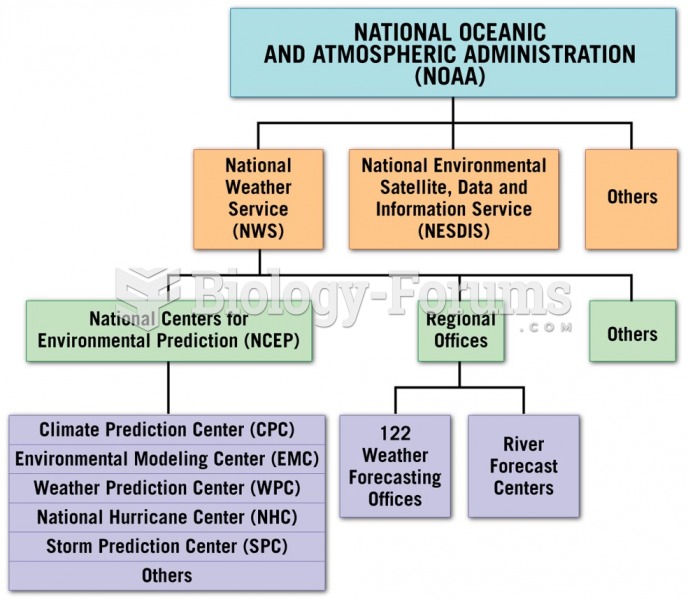Answer to Question 1
Four reasons for documenting data:
1 ) To strengthen your argument: Including good data from reputable sources will convince readers of your credibility and the logic of your reasoning.
2 ) To protect yourself against charges of plagiarism: Acknowledging your sources keeps you honest. Plagiarism, which is illegal and unethical, is the act of using others' ideas without proper documentation.
3 ) To instruct the reader: Citing references enables readers to pursue a topic further and to make use of the information themselves.
4 )
To save time: The world of business moves so quickly that words and ideas must often be borrowed-which is very acceptable when you give credit to your sources.
Types of information to document:
1 ) Another person's ideas, opinions, examples, or theories
2 ) Any facts, statistics, graphs, and drawings that are not common knowledge
3 ) Quotations of another's actual spoken or written words
4 ) Paraphrases of another person's spoken or written words
5 ) Visuals, images, and any kind of electronic media
Answer to Question 2
Secondary Data: Secondary data come from reading what others have experienced and observed. Secondary data are easier and cheaper to develop than primary data; therefore, nearly every research project should begin with collecting secondary data.
Examples: books, periodicals (print and Web-based), indexes, research databases, Web
Primary Data: Primary data result from firsthand experience and observation. Business reports that solve specific current problems typically rely on primary, firsthand data.
Examples: surveys, interviews, observations, experiments







